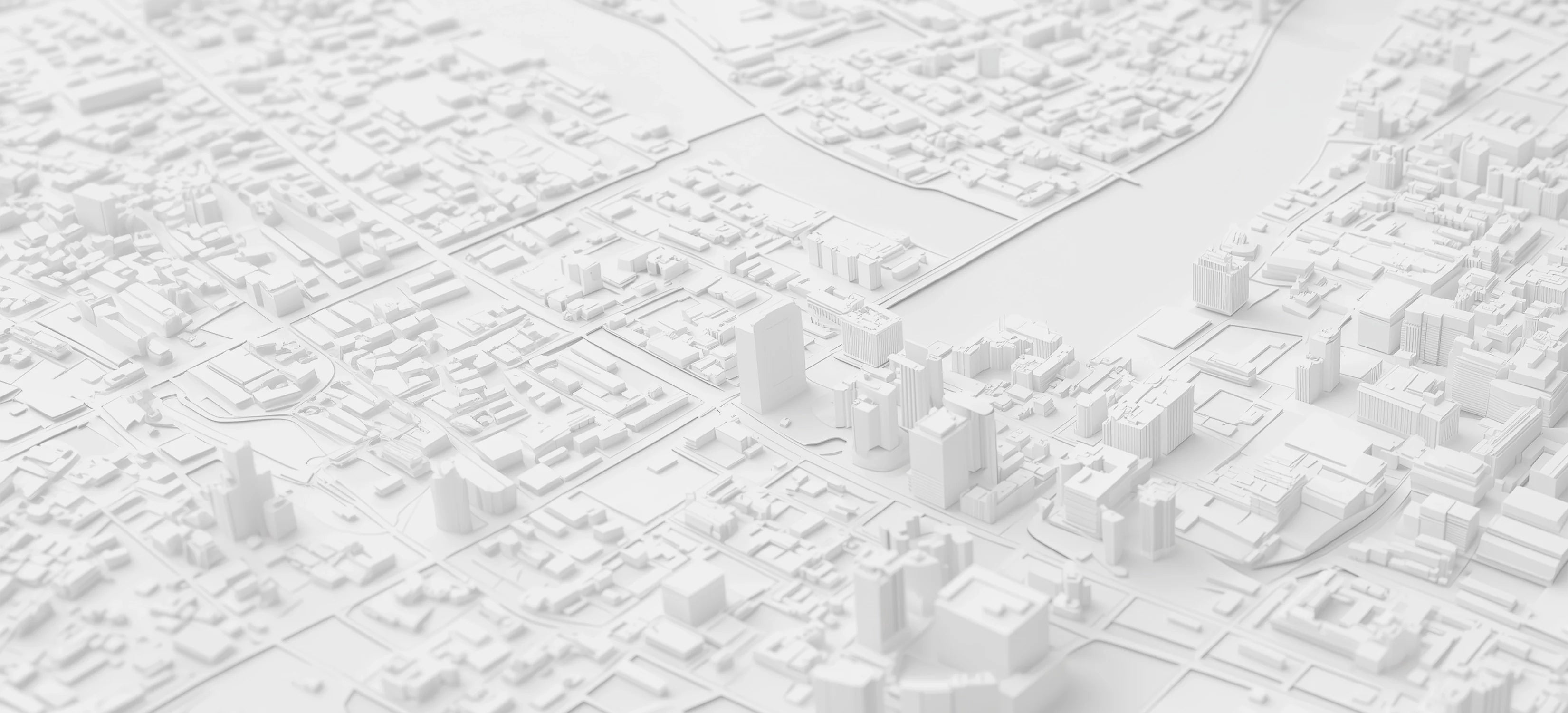
NMR LipoProfile® With Lipids and Insulin Resistance Markers (With Graph)
Diagnostic Blood Test:
NMR LipoProfile® With Lipids and Insulin Resistance Markers (With Graph), includes:
- Total Cholesterol
- HDL-P (total)
- Large HDL-P
- LDL-P
- Small LDL-P
- LDL-C
- Large VLDL-P
- HDL-C
- HDL Size
- LDL Size
- VLDL Size
- Triglycerides
- LP-IR Score
LDL-P is the direct measure of low density lipoprotein particles - the causal link between high levels of LDL-P and development of cardiovascular disease (CVD) is well established.
HDL-P is the direct measure of high density lipoprotein particles; it has been shown to be more strongly and independently related to atherosclerotic risk than high density lipoprotein cholesterol (HDL-C).
The lipoprotein insulin resistance (LP-IR) score assesses an individual’s insulin resistance level and diabetes risk. Insulin is a molecule that helps cells absorb sugar and use it as fuel. Insulin resistance occurs when cells don’t respond well to this hormone. Over time, insulin resistance may lead to prediabetes or diabetes.
Total Cholesterol measures the levels of both high-density lipoprotein (HDL) and low-density lipoprotein (LDL) in the blood. Cholesterol is necessary for creating new cells, producing hormones, making vitamin D, and creating bile (a fluid that aids in digestion). However, too much cholesterol may raise the risk of heart attack and stroke.
High-density lipoprotein cholesterol (HDL-C) or “good” cholesterol is known to decrease the risk of heart attack and stroke by removing “bad” cholesterol from the blood vessels. HDL carries away other types of cholesterol to the liver in order to be flushed out of the body.
Low-density lipoprotein cholesterol (LDL-C) or “bad” cholesterol builds up within the blood vessels. LDL levels help predict risk of heart disease and stroke and provide information about whether lifestyle changes or medications may improve heart health and overall wellness.
Very low-density lipoprotein (VLDL) is similar to LDL however it mainly carries triglycerides. There is growing evidence that VLDL plays an important role in atherogenesis, in which plaques form on the interior walls of arteries, narrowing these passageways and restricting blood flow, which can lead to heart disease and increase the risk of stroke.
Triglycerides are a type of fat located in the blood. High triglyceride levels may be a result eating more calories than are burned. Triglycerides can harden and thicken the walls of the arteries, increasing the ability of “bad” cholesterol to form plaques and raising the risk of heart disease.
Note: Fasting is recommended for 12 hours prior to blood draw.
Pairs well with

NMR LipoProfile® With Lipids and Insulin Resistance Markers (With Graph)
If you have any questions, you are always welcome to contact us. We'll get back to you as soon as possible, within 24 hours on weekdays.
-
Shipping Information
Use this text to answer questions in as much detail as possible for your customers.
-
Customer Support
Use this text to answer questions in as much detail as possible for your customers.
-
FAQ’s
Use this text to answer questions in as much detail as possible for your customers.
-
Contact Us
Use this text to answer questions in as much detail as possible for your customers.
How it works
Purchase your tests
Purchase this test and any other tests you'd like online. A healthcare provider will review and approve your test requests; no healthcare provider visit is required.
Provide your sample
Visit a Labcorp location near you for sample collection. Use our Labcorp locator below to find a location near you.
Get your results
Our partnered facilities will process your bloodwork. Lab Results typically arrive within 14 business days, and we will email them to you as soon as they arrive.
Lab work FAQs
Please read our FAQs page to find out more.
How quickly will my lab results arrive?
Your lab results will typically arrive within two weeks, though processing time may vary based on the size and complexity of your panel. Rest assured, once your results are ready, they will be securely delivered to your email. No waiting rooms. No chasing paperwork. Just precision diagnostics at your fingertips.
Does Marek Diagnostics accept insurance?
Marek Diagnostics is a cash-pay service. Our platform offers direct access to comprehensive testing without the limitations, denials, or delays imposed by insurance companies. If traditional insurance covered the kind of proactive, high-quality lab work we offer, Marek Diagnostics wouldn’t need to exist.
However, many clients successfully use their HSA/FSA to cover their testing costs. Marek Diagnostics is partnered with TrueMed for convenient deployment of HSA/FSA funds at checkout.
Why can’t I order labs in New York, New Jersey, or Rhode Island?
Due to state regulations, LabCorp services are not available to residents of NY, NJ, or RI when ordered through our platform. If your address is in one of these states, you'll be notified at checkout and won’t be able to complete your order for restricted items.
You can still purchase:
- Non-LabCorp lab tests
- Supplements, apparel, and other non-lab items
Not sure which items are restricted? The checkout system will alert you automatically, or you can contact our team for assistance.
My panel Meets Treatment Requirements — what does that mean?
Marek Diagnostics is an extension of Marek Health, the leading health optimization platform designed to turn your results into informed action.
If your panel Meets Treatment Requirements, you’re eligible to enroll into Guided Optimization, an exclusive program that connects you with:
- Detailed, expert led lab analysis
- A consultation with a Marek Health coach and board-certified medical provider
- A precision health optimization plan
- Access to high-quality treatment options
If you’re unsure what to do with your results, Marek Health is the bridge between lab results and achieving your goals.
Do I need to pay a separate fee at the lab to get my blood drawn?
No additional payment is required at the lab. Our expert-built panels include the venipuncture and if you’re building a custom panel or testing biomarkers individually, a $5 venipuncture fee will be automatically added at checkout.




